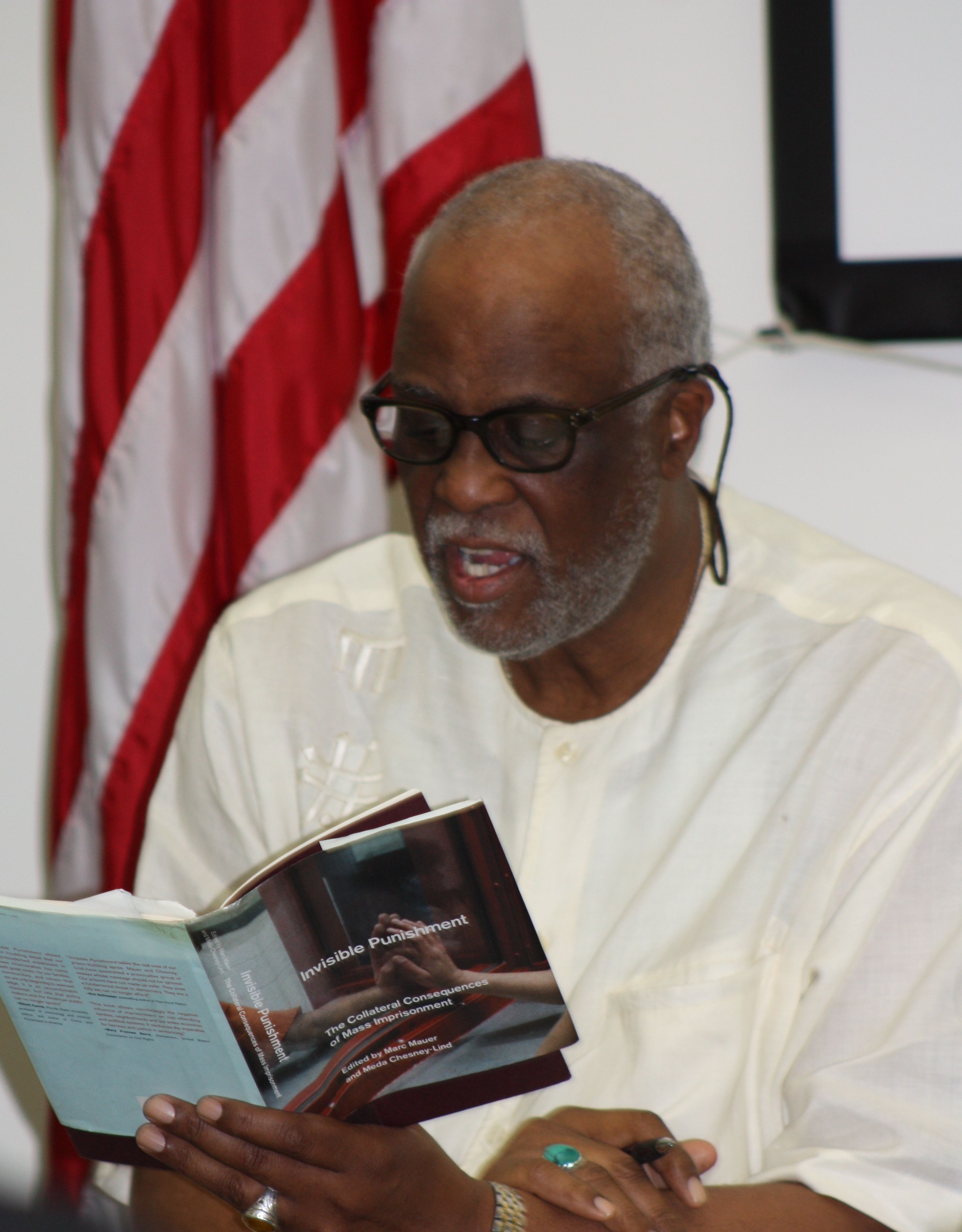
Wednesday’s symposium on St. Thomas, along with a similar event held Tuesday on St. Croix, was among a series of events put together by the Human Services’ Criminal Victims Compensation Commission (CVCC) in honor of Crime Victims’ Rights Week, which runs from April 10-16.
This year’s events, themed "Reshape the Future by Honoring our Past," are intended to educate the general public about services offered by the department and other victims’ service agencies, along with bring various stakeholders together to brainstorm about how to reduce local crime levels.
Restorative justice is one such method that, while a relatively new concept in the territory, is taking off on the mainland, with states such as Pennsylvania even adopting laws to make sure criminals — particularly juvenile offenders — are given a fighting chance at rehabilitation, while their victims are given the closure they need to move on with their lives.
And their communities, meanwhile, are also brought into the process, as everyone from the local police departments to the attorneys general are involved in making sure the needs of both sides are balanced before anyone goes to jail.
The concept visibly took hold of the 15 participants engaged in Wednesday’s workshop, as facilitator N. Saleem Hylton illustrated what kind of impact a restorative justice program would have on the territory, and how it could get started quickly without a multi-million dollar budget or fully staffed facility.
Just getting a few people in the community out to embrace the concept is a start, Hylton said, as, by the end of the three-hour event, everyone said they were ready to do what they could to get the ball rolling locally.
Hylton said often after a crime is committed, victims are pushed to the back burner, while the offender is thrown in jail. A restorative justice program, however, would focus on getting to the root cause of the offender’s behavior, while giving them and their victim a chance to meet and talk about what kind of impact the crime had on the victim and their family.
In these cases, it is important that each side is looked at individually, since a variety of issues — such as mental health problems — may rise to the surface, he said.
"There is a high number of mental cases among inmates in the penal system, but they’ve never been diagnosed, so many of them turn into recidivists because they aren’t aware of what’s going on within them," Hylton said.
There are times even where the two parties agree on restitution, while the community or state government will provide a program — such as those set up in Allen County, Pa. — that can help the offender earn the money they need to pay it off. Hylton said a key step in the healing process is getting the offender to take responsibility for his crime and show some kind of compassion or remorse toward the victim.
Gathering the workshop’s participants into an intimate circle, Hylton said such a forum is ideal for talking things out, given that each side listens and is open to one another. In such circles, a talking piece is used to keep everyone from speaking at once, and is instead passed from person to person so each individual can play a part in the discussion. Oftentimes, it’s important to not only involve the victim and offender, but key family members and maybe a spiritual leader in the process, Hylton said.
"A lot of times, these offenders are missing spirituality," he added. "In my 38 years of doing this, you should see the results we’ve gotten when we introduce these kids to the spirit side of themselves, and to their heritage and culture. You want to talk about a fool-proof transformation — there’s the key right there."
Monitoring the offender’s competency, giving them life skills and providing them with basic human needs, such as love and compassion, are also part of the system — and often just the tactics used by gang leaders to lure in younger adults, Hylton said. But with the number of juvenile offenders in the U.S. increasing exponentially, it’s important that the "right kind of people" get to them first, and give them the opportunity to turn their lives around, he added.
"Even when there is a very serious crime committed, there is still a place for restorative justice," Hylton said. "And in the Virgin Islands, where it’s such a family kind of setting, you should want to do something restorative and get to the bottom of why these crimes are being committed."
Human Services attorney Patricia Welcome, who organized the symposiums in both districts, said afterward that she hopes the next step in the process will be implementation of a territory-wide restorative justice policy/program, or at the very least, a better working relationship with the Attorney General’s Office and other legal agencies so that local victims play a more significant role in the court process.
Welcome told the group her son had once been the victim of a robbery but was never given the opportunity to confront the perpetrator, who took a plea deal and appeared in court for a sentencing that neither Welcome nor her son was told about.
"The prosecution didn’t even contact us," she said. "At minimum, the victim must be contacted. And that can be done without any money — then, both the victim and the offender get to see the face behind the crime."